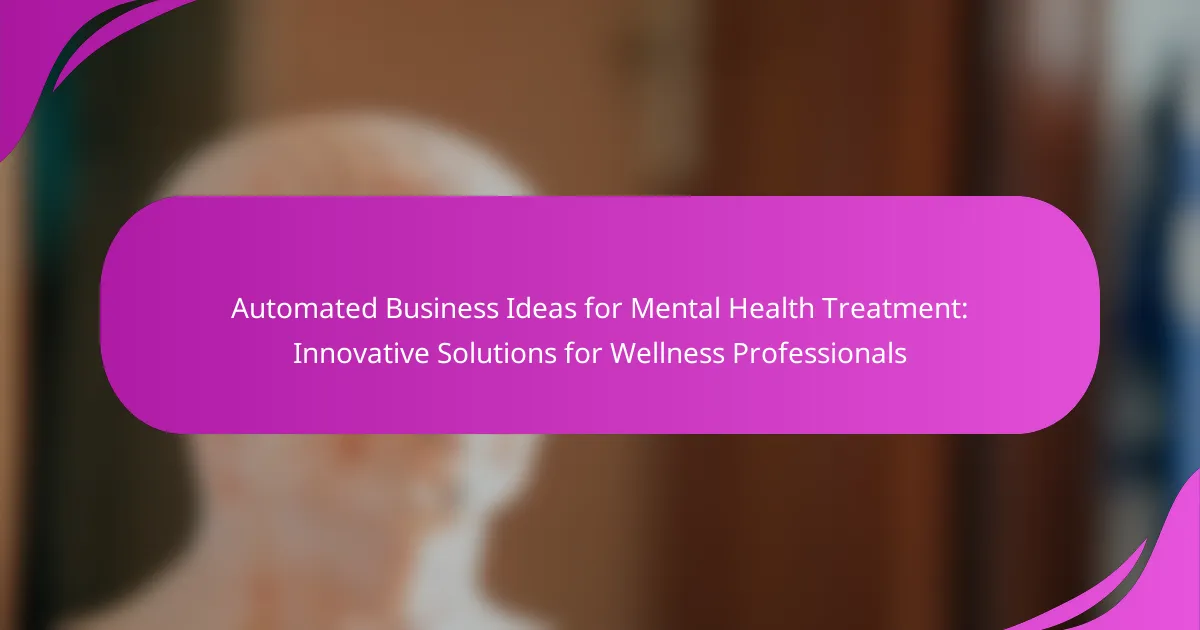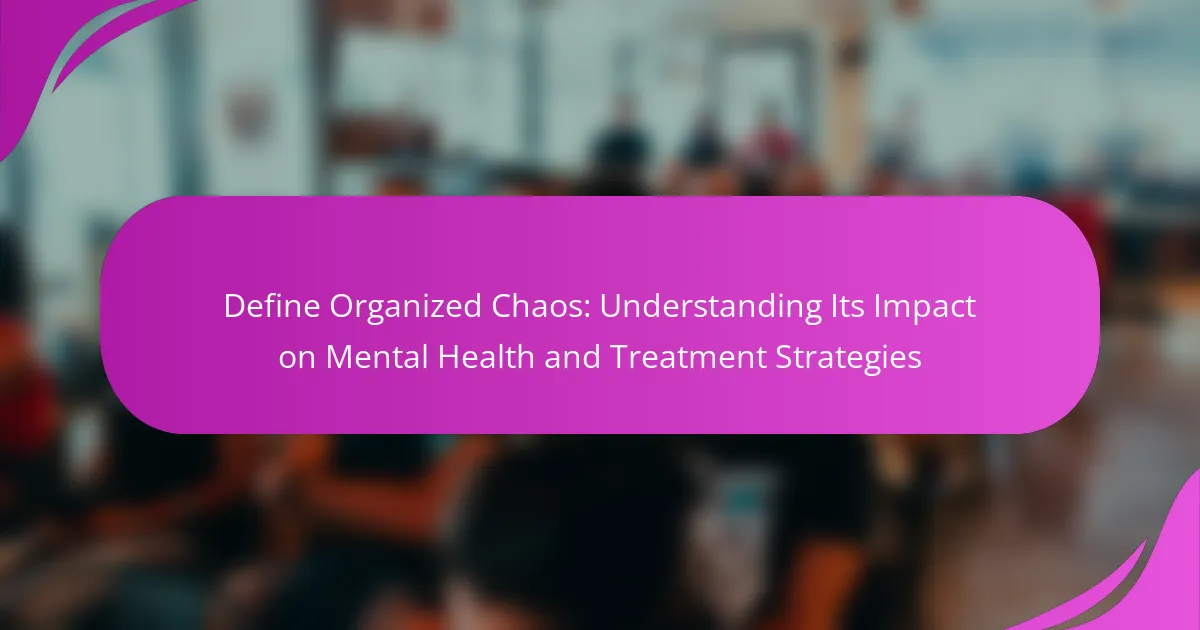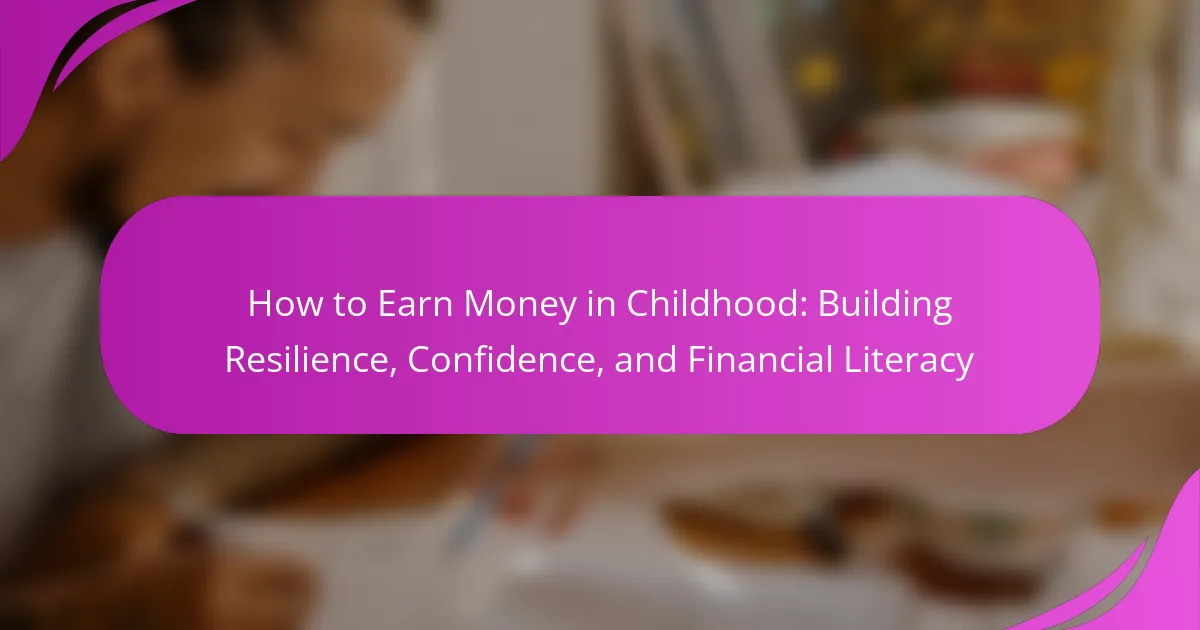Managing anxiety, depression, and stress is crucial for maintaining mental health. Protocol for Life Balance offers holistic strategies, including mindfulness practices, lifestyle adjustments, and cognitive-behavioral techniques. Key approaches involve establishing routines, engaging in physical activity, and seeking social support. This comprehensive protocol emphasizes personalized strategies and evidence-based practices to enhance emotional well-being and resilience.
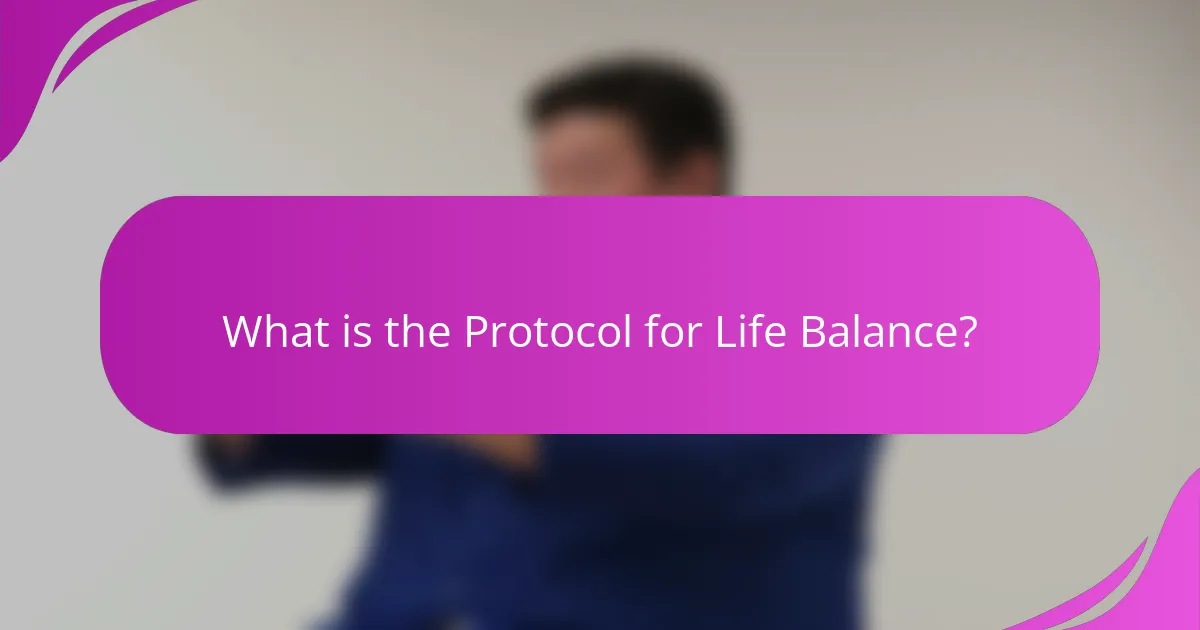
What is the Protocol for Life Balance?
Protocol for Life Balance provides strategies to effectively manage anxiety, depression, and stress. It emphasizes holistic approaches, including mindfulness practices, lifestyle adjustments, and cognitive-behavioral techniques. These methods aim to enhance emotional well-being and resilience. Regular implementation of these strategies can lead to significant improvements in mental health, fostering a balanced life.
How does it address anxiety, depression, and stress?
The Protocol for Life Balance effectively addresses anxiety, depression, and stress through a combination of holistic strategies. These include mindfulness practices, nutritional support, and physical activity, which collectively promote mental well-being. Research indicates that such integrative approaches can significantly reduce symptoms of anxiety and depression, enhancing overall emotional resilience. For example, regular exercise has been shown to release endorphins, which alleviate stress and improve mood. Additionally, incorporating omega-3 fatty acids and vitamins can support brain health, further mitigating anxiety and depressive symptoms.
What are the core principles of the protocol?
The core principles of the Protocol for Life Balance focus on holistic strategies to manage anxiety, depression, and stress. These principles include mindfulness practices, cognitive behavioral techniques, and lifestyle adjustments. Mindfulness enhances self-awareness and emotional regulation. Cognitive behavioral techniques challenge negative thought patterns. Lifestyle adjustments encompass exercise, nutrition, and sleep hygiene, promoting overall well-being. Together, these strategies create a comprehensive framework for mental health management.
How does the protocol promote emotional well-being?
The protocol promotes emotional well-being by providing structured strategies that reduce anxiety, depression, and stress. It emphasizes mindfulness techniques, cognitive behavioral approaches, and lifestyle adjustments that foster resilience and emotional balance. These methods encourage self-awareness and proactive coping mechanisms, leading to improved mental health outcomes. As a result, individuals experience enhanced emotional stability and a greater sense of overall well-being.
What role does physical health play in the protocol?
Physical health is crucial in the protocol as it directly influences mental well-being. Regular exercise, balanced nutrition, and adequate sleep enhance mood and reduce anxiety and depression symptoms. Physical activity releases endorphins, which improve emotional resilience. Additionally, a healthy diet supports brain function, while sleep restores energy and cognitive clarity. Incorporating physical health strategies into the protocol fosters a holistic approach to managing anxiety, depression, and stress.
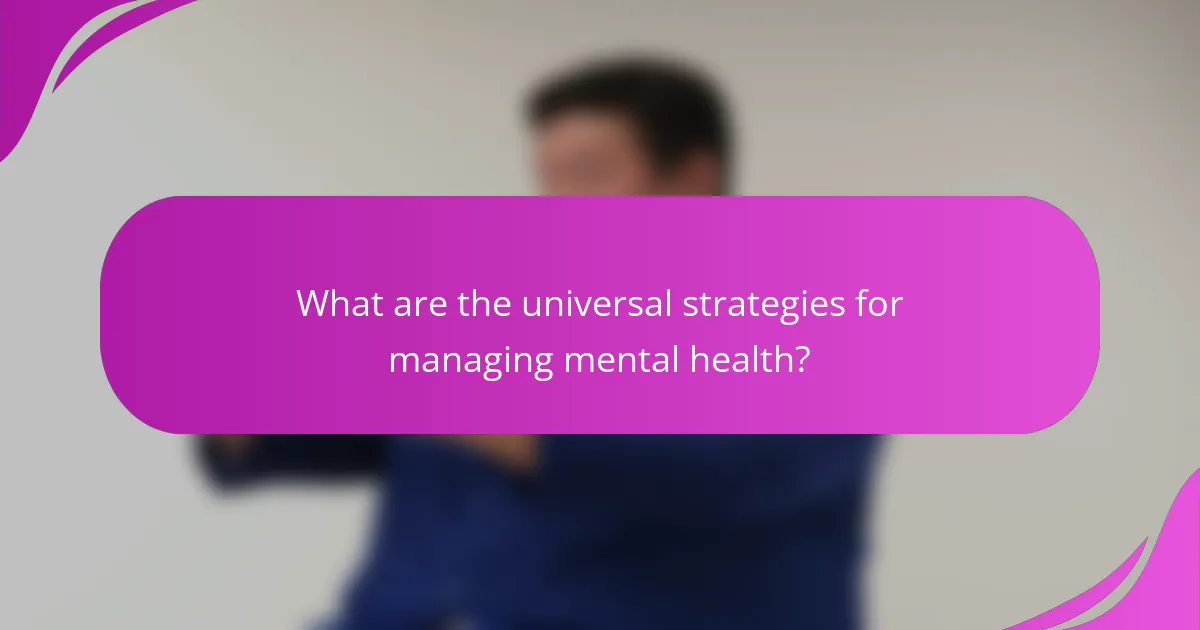
What are the universal strategies for managing mental health?
Effective strategies for managing mental health include establishing a routine, practicing mindfulness, and seeking social support. These approaches help alleviate anxiety, depression, and stress.
A consistent daily routine provides structure, which can reduce feelings of chaos. Mindfulness practices, such as meditation or deep breathing, promote emotional regulation and decrease stress responses. Engaging with supportive friends or family fosters connection and resilience, which are vital for mental well-being.
Incorporating physical activity is another key strategy. Exercise releases endorphins, which can improve mood and reduce anxiety. Additionally, maintaining a balanced diet supports overall mental health by providing essential nutrients.
Lastly, professional help, such as therapy or counseling, can offer personalized strategies and coping mechanisms. These interventions are essential for those experiencing persistent mental health challenges.
How can lifestyle changes improve mental health?
Lifestyle changes can significantly enhance mental health by reducing anxiety, depression, and stress. Implementing a balanced protocol that includes regular exercise, healthy nutrition, and mindfulness practices fosters emotional resilience and improves overall well-being.
Regular physical activity releases endorphins, which are natural mood lifters. A balanced diet rich in omega-3 fatty acids and antioxidants supports brain health. Mindfulness techniques, such as meditation and deep breathing, help manage stress and promote relaxation.
Establishing a consistent sleep schedule is crucial. Quality sleep improves cognitive function and emotional regulation. Social connections also play a vital role; engaging with supportive friends and family can alleviate feelings of isolation.
Incorporating these lifestyle changes creates a robust foundation for mental health, empowering individuals to manage their emotional challenges effectively.
What coping mechanisms are recommended?
Effective coping mechanisms for managing anxiety, depression, and stress include mindfulness practices, physical activity, and social support. Mindfulness techniques, such as meditation and deep breathing, enhance emotional regulation. Regular exercise reduces stress hormones and boosts mood. Engaging with supportive friends or family members fosters a sense of belonging and reduces feelings of isolation. Journaling can also provide clarity and emotional relief. These strategies are integral to the Protocol for Life Balance.
What are effective breathing techniques?
Effective breathing techniques can significantly reduce anxiety, depression, and stress. Techniques such as diaphragmatic breathing, box breathing, and 4-7-8 breathing are particularly beneficial. Diaphragmatic breathing involves inhaling deeply through the nose, allowing the diaphragm to expand, and exhaling slowly through the mouth. Box breathing consists of four equal parts: inhale, hold, exhale, and hold again, each lasting four seconds. The 4-7-8 technique encourages inhaling for four seconds, holding for seven seconds, and exhaling for eight seconds. These methods activate the body’s relaxation response, promoting mental clarity and emotional stability.
How does journaling contribute to mental clarity?
Journaling enhances mental clarity by providing a structured outlet for thoughts and emotions. It allows individuals to process experiences, reducing anxiety and stress levels. The act of writing can clarify thoughts, enabling better decision-making. Research indicates that expressive writing can lead to improved mental well-being by fostering self-reflection and emotional regulation. Additionally, journaling can serve as a unique tool for tracking mood patterns, helping individuals identify triggers and develop coping strategies.
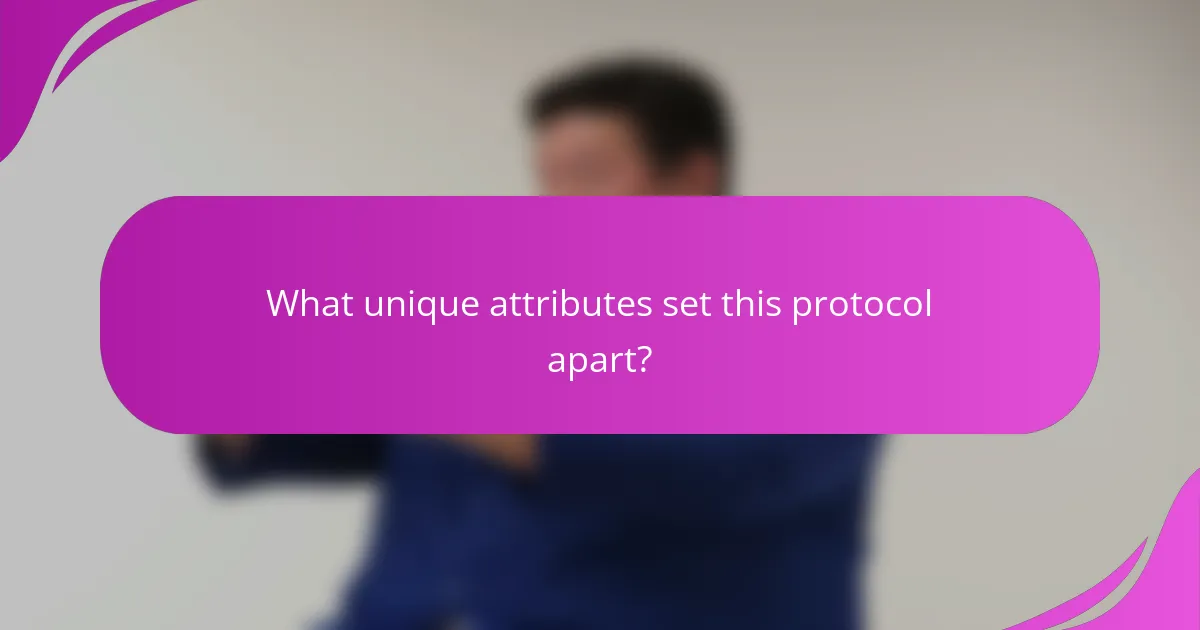
What unique attributes set this protocol apart?
The Protocol for Life Balance is distinguished by its comprehensive approach to mental health management. Unique attributes include its integration of cognitive-behavioral techniques, emphasis on holistic wellness, and personalized strategies tailored to individual needs. These elements enhance its effectiveness in addressing anxiety, depression, and stress. Additionally, the protocol incorporates evidence-based practices and promotes self-awareness, setting it apart from traditional methods.
How does the protocol incorporate personalized approaches?
The protocol incorporates personalized approaches by tailoring strategies to individual needs. It assesses personal triggers and coping mechanisms, ensuring relevant interventions. Customized plans enhance engagement and effectiveness, leading to improved mental health outcomes. Regular reviews adapt strategies based on progress, fostering resilience and self-awareness.
What innovative tools are included in the protocol?
The Protocol for Life Balance includes innovative tools such as mindfulness techniques, cognitive behavioral strategies, and stress management exercises. These tools aim to enhance emotional resilience and promote mental well-being. Mindfulness practices help individuals stay present, while cognitive behavioral strategies address negative thought patterns. Stress management exercises provide practical methods for coping with daily challenges. Each tool is designed to empower users in managing anxiety, depression, and stress effectively.
How does technology enhance mental health management?
Technology enhances mental health management by providing accessible tools and resources for anxiety, depression, and stress. Digital platforms offer therapy apps, online support groups, and mindfulness programs that facilitate immediate assistance.
Teletherapy allows individuals to connect with licensed professionals remotely, increasing convenience and reducing stigma. Wearable devices track physiological indicators, providing insights into mental health trends and encouraging proactive management.
Artificial intelligence algorithms analyze user data to personalize mental health strategies, improving efficacy. Virtual reality experiences create immersive environments for exposure therapy, helping users confront fears in a controlled setting.
Overall, technology empowers individuals to take charge of their mental health through innovative, user-friendly solutions.
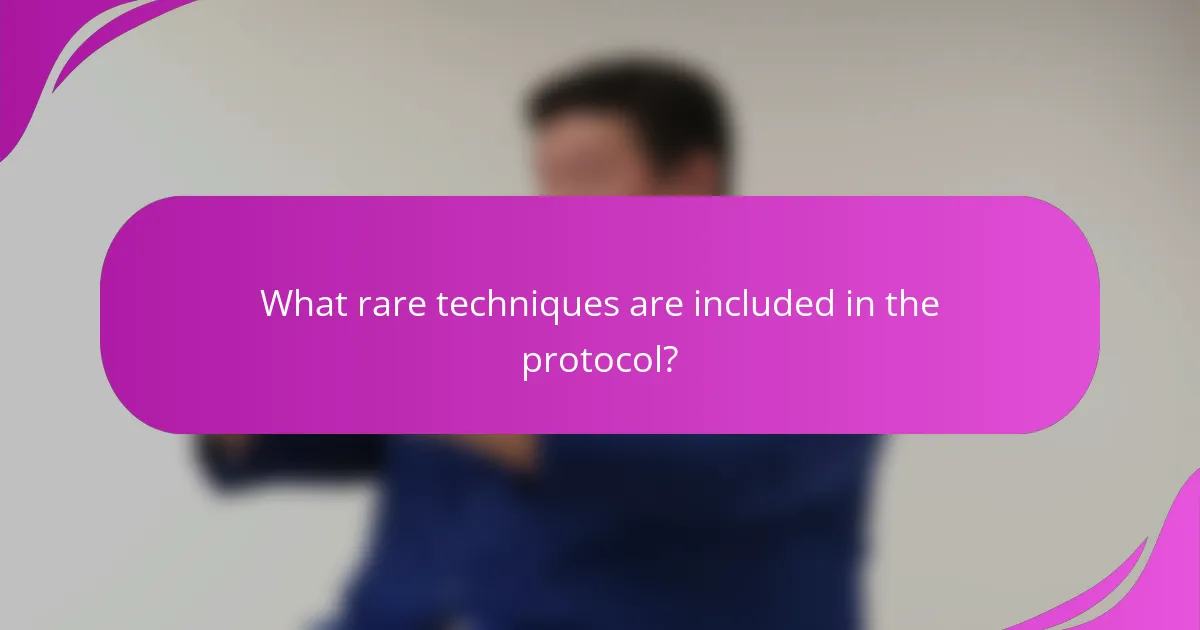
What rare techniques are included in the protocol?
The protocol includes rare techniques such as breathwork, sound healing, and nature immersion. These methods uniquely enhance emotional regulation and promote mental well-being. Breathwork focuses on controlled breathing patterns to reduce stress. Sound healing utilizes frequencies to foster relaxation. Nature immersion encourages mindfulness through connection with the outdoors.
What unconventional therapies are explored?
Unconventional therapies explored in the Protocol for Life Balance include mindfulness meditation, art therapy, and nature therapy. These approaches address anxiety, depression, and stress through unique methods. Mindfulness meditation enhances emotional regulation and reduces stress levels. Art therapy allows self-expression and processing of emotions, fostering mental health improvement. Nature therapy promotes healing through exposure to natural environments, improving mood and reducing anxiety. Each therapy offers distinct benefits that contribute to overall mental wellness.
How can art and music therapy be integrated?
Art and music therapy can be integrated by combining techniques from both disciplines to enhance emotional well-being. This approach utilizes expressive arts to facilitate communication and promote healing in individuals experiencing anxiety, depression, and stress. Collaborative sessions can involve creating art while listening to music, fostering a multisensory experience that encourages self-expression.
Research indicates that integrating these therapies can lead to improved mental health outcomes. For example, a study found that patients who participated in combined art and music therapy reported a 30% reduction in anxiety levels. This integration allows therapists to tailor interventions to individual needs, enhancing engagement and effectiveness.
Additionally, using art and music together can create a supportive environment where clients feel safe to explore their emotions. This holistic strategy addresses various aspects of mental health, making it a unique attribute of the therapeutic process.
In summary, integrating art and music therapy offers a powerful method for managing anxiety, depression, and stress, promoting overall life balance through creative expression.
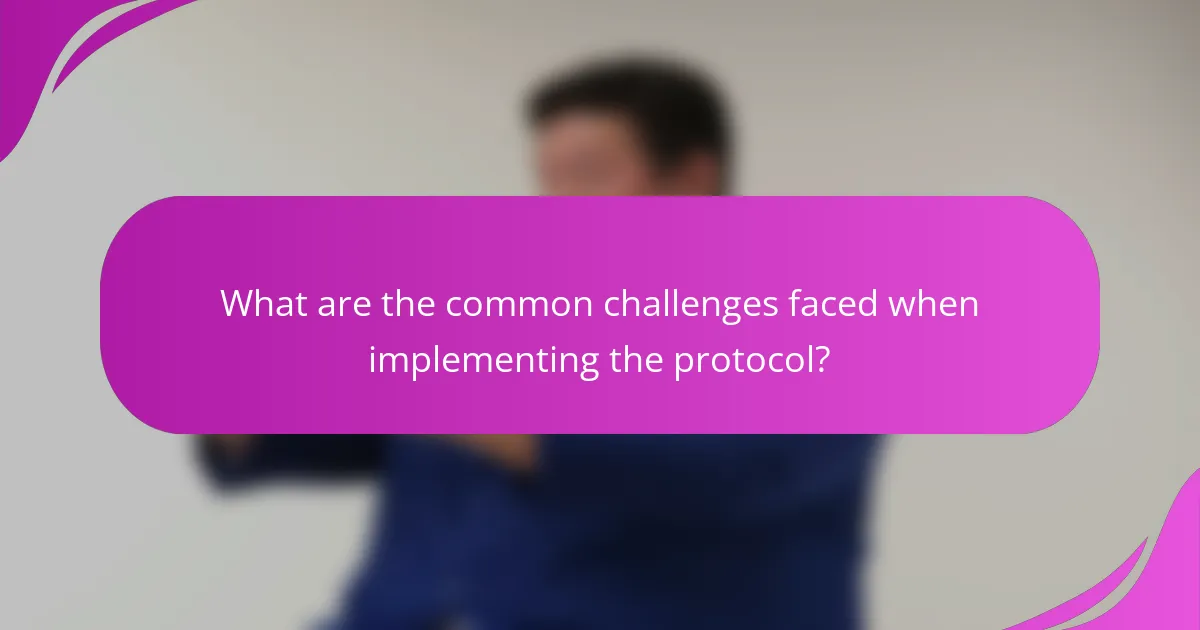
What are the common challenges faced when implementing the protocol?
Implementing the Protocol for Life Balance often encounters several challenges. Common issues include resistance to change, difficulty in maintaining consistency, and lack of support from peers or family.
Resistance to change arises when individuals are accustomed to their existing coping mechanisms. Maintaining consistency can be difficult due to life’s demands and distractions. Additionally, the absence of a supportive environment may hinder one’s progress in managing anxiety, depression, and stress effectively.
To address these challenges, it is crucial to foster a supportive community and establish clear, achievable goals. Regular check-ins and feedback can also enhance adherence to the protocol.
What barriers do individuals encounter?
Individuals encounter various barriers when managing anxiety, depression, and stress through the Protocol for Life Balance. Common obstacles include stigma surrounding mental health, lack of access to resources, and inadequate support systems. Stigma can prevent individuals from seeking help, while limited availability of mental health services can impede access to effective strategies. Additionally, a lack of social support may hinder one’s ability to implement coping mechanisms. These barriers can significantly affect the overall effectiveness of management strategies.
How can motivation be maintained throughout the process?
Maintaining motivation throughout the process requires consistent strategies and self-awareness. Regularly setting achievable goals fosters a sense of accomplishment, enhancing motivation. Incorporating mindfulness practices can help individuals stay present, reducing anxiety and stress. Additionally, seeking social support from peers or professionals reinforces commitment to personal wellness. Tracking progress through journaling or apps serves as a motivational tool, reminding individuals of their journey and achievements.
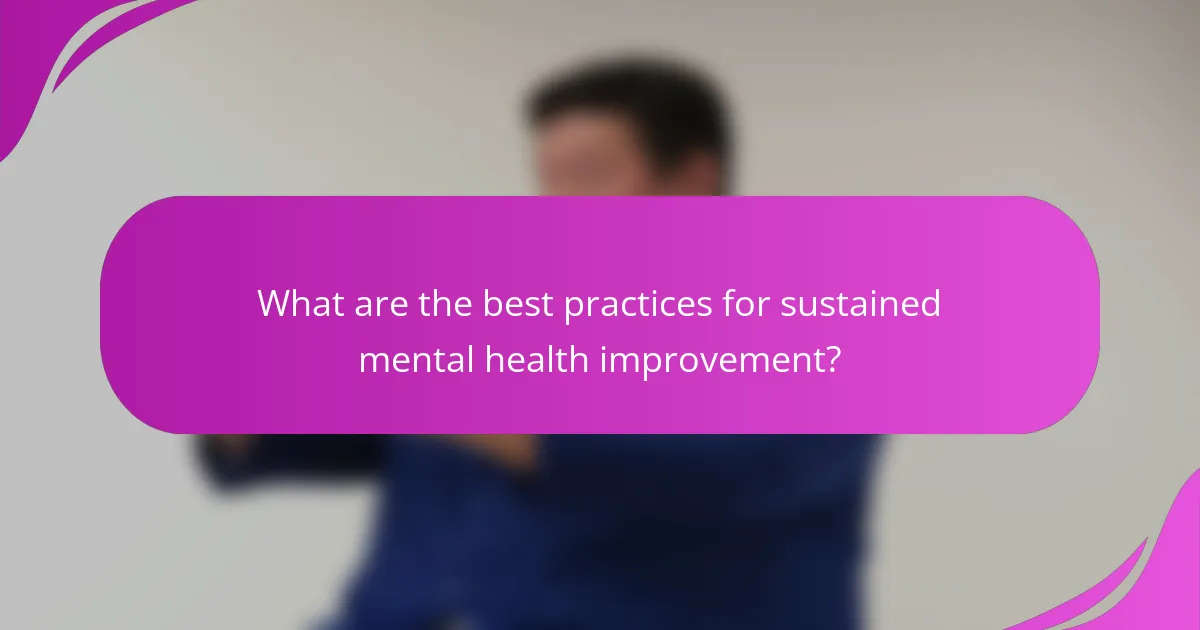
What are the best practices for sustained mental health improvement?
To improve sustained mental health, adopt a structured protocol focused on managing anxiety, depression, and stress. Key strategies include regular physical activity, mindfulness practices, and establishing a supportive social network.
1. Engage in physical activity at least 150 minutes weekly to enhance mood and reduce anxiety.
2. Practice mindfulness or meditation daily to foster emotional resilience.
3. Maintain a balanced diet rich in nutrients to support brain health.
4. Prioritize sleep hygiene for optimal cognitive function and emotional regulation.
5. Seek professional help when needed, utilizing therapy or counseling for personalized strategies.
Implementing these practices can lead to significant improvements in mental health over time.
How can one create a balanced routine?
To create a balanced routine, incorporate structured time for work, relaxation, and physical activity. Prioritize self-care practices, such as mindfulness and exercise, to manage anxiety and stress effectively. Establish consistent sleep patterns to enhance mental well-being. Integrate social interactions to foster emotional support.
What expert insights can guide long-term success?
Effective strategies for managing anxiety, depression, and stress can ensure long-term success. Establishing a consistent routine enhances stability, while mindfulness practices reduce emotional reactivity. Engaging in physical activity promotes mental well-being, and maintaining social connections fosters support. Regularly assessing personal goals and adjusting strategies is crucial for sustained progress.
